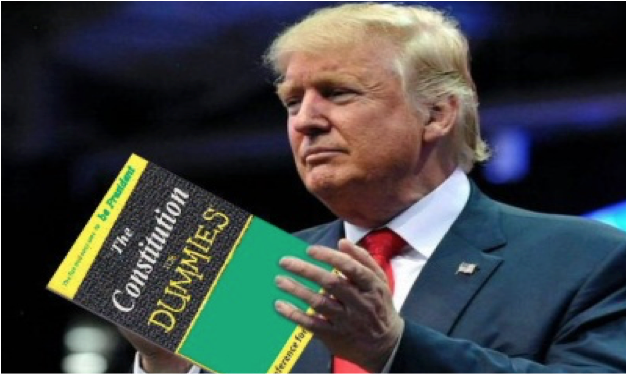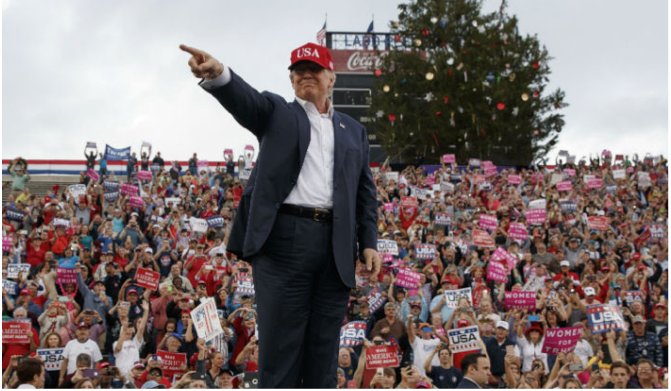VETS VOICE--President Donald Trump supports America's troops. The troops, however, are more on the fence about their president.
That fact might not have been obvious during the presidential campaign, where Trump's unique brand of populism fared quite well with America's military veterans: According to exit polls from CNN, they voted for Trump two-to-one.
Then, on January 27th, Holocaust Remembrance Day, Trump signed a controversial executive order to enact a temporary travel ban against immigrants from Muslim-majority countries. The order made good on some of Trump's promises issued on the campaign trail. It also meant American troops would have to witness many of the very people who once provided them assistance on their missions in the Middle East—the very people whose lives may be in danger from bombings, death threats, poor medical access, or any number of other injustices—being barred from entering the United States.
Since the beginning of the election, a number of veterans have voiced their concerns with Trump and his "yellow ribbon patriotism." While Trump often claims to support the troops (as all presidents do), such assertions can ring hollow coming from a man who has openly disparaged both living veterans (Senator John McCain) and the families of the deceased (Humayun Khan) —especially when Trump never himself served in the military.
In an op-ed in Time, retired lieutenant colonel of the Marine Corps and presidential leadership scholar Justin Constantine wrote, "In a world of complex diplomatic relationships, nuclear weapons, competing national interests and deadly enemies, his [Trump's] inexperience could have severe consequences for our country."
"The ban is a horrifying betrayal of American ideals, our 'better angels,' to paraphrase President Lincoln."
Though veterans voted overwhelmingly for Trump, the results of a military poll conducted by the Military Times one month prior to the election shows that veterans were already skeptical of his stances. The poll found that, "Nearly 83 percent of those surveyed said they are dissatisfied with Clinton as the Democratic Party's pick to be president, and more than 65 percent said the same of Trump as the Republican nominee." In fact, a month before the election, only 40.5 percent of military veterans stated that they would vote for Trump, which can hardly be described as a landslide victory, or a reflection of strong support by the veteran community.
Now, for many veterans, this travel ban presents a frightening reality of life under the Trump administration—and a trespass against refugees' human rights. Two days after the ban was announced, Arabic translator and military historian Kirk Johnson tweeted about the travel ban and how it targets Iraqis and those who risked their lives to help American soldiers during the Iraq War, recounting how Americans allowed their Iraqi allies to be slaughtered after the war, instead of helping the Iraqi people immigrate to America.
"Those that helped us [in the Iraq War] were Christians, Muslims, Yazidis, atheists, you name it. They were our allies," Johnson wrote. "When they ran through gunfire to save our troops, they didn't think about such labels. These Iraqis believed in America. They loved our country. They lost their country as a result of the choice they made to help us."
Johnson goes on to illustrate how thousands of Iraqis lost their lives, homes, safety, and well-being, and made an enormous sacrifice in order to help American troops. In return, the first travel ban denied entry into the U.S. to those who had given us the most. In so doing, it damaged America's relationship with those seeking residence in the U.S.
Many of the veterans who stand in opposition to the ban have a story to tell.
 Take Matthew Gallagher, [photo left] a former army captain who served in the Iraq War from 2005 to 2009. Since then, he has written a memoir and become an activist for the Veterans for American Ideals, a group that protects Muslim and refugee rights. "I think the ban is not only a horrifying betrayal of American ideals, our 'better angels,' to paraphrase President Lincoln; it also fails completely to attain its purpose, which is for better national security," Gallagher says. "We're already receiving reports that special operations units in Iraq, Syria, and elsewhere have suffered losses of errant relationships to their allies because of how this ban is being received in the Middle East."
Take Matthew Gallagher, [photo left] a former army captain who served in the Iraq War from 2005 to 2009. Since then, he has written a memoir and become an activist for the Veterans for American Ideals, a group that protects Muslim and refugee rights. "I think the ban is not only a horrifying betrayal of American ideals, our 'better angels,' to paraphrase President Lincoln; it also fails completely to attain its purpose, which is for better national security," Gallagher says. "We're already receiving reports that special operations units in Iraq, Syria, and elsewhere have suffered losses of errant relationships to their allies because of how this ban is being received in the Middle East."
For refugees and Iraqi translators who have risked their lives during the Iraq War, this ban ignores their contributions to this country. During the Iraq War, translators were the No. 1 target for Iraqi insurgents. Without the ability to communicate to local Iraqis, there would have been no way for Americans to gather local support.
Or take Sam Freeman, an Iraqi refugee and current American citizen who spent seven years in Iraq as a linguist, cultural advisor, and liaison between the U.S. military and Iraqi civilians. "Generally, linguists are not issued weapons, and they look different [from American soldiers] so they stand out. I would be the most important person in our mission, and while the military does take care to make sure that I don't get killed, I was still the target person [for insurgents]," Freeman says. "While I'm lucky to say I made it, I have been pretty close, I've been injured."
Or Supriya Venkatesan, who saw firsthand how Iraqi translators and former refugees risked their lives during the Iraq War. She is a military veteran who served in Iraq for six years, and has gone on to become involved in Muslim and refugee rights by working with Syrian refugee advocacy groups and writing extensive, investigative journalism pieces on the horrific conditions that Syrians are currently experiencing at home, and their struggle to receive entry into the U.S.
What she's discovered since her time back in the states is that refugees like Sam not only feel an increased sense of duty and responsibility to the country that provided them with asylum, but refugees go on to become some of the most hard-working, ardent champions of the American dream.
"Based on my own experiences of working with the Muslims who are translators or linguists or survivors of war, there is something in them that makes them fight, and because of that they become extremely wonderful contributors to society," Venkatesan says. To Venkatesen, citizens from Muslim-majority countries who helped the U.S. in the Iraq War are our strongest allies, and to alienate them and prevent them from entry into our country is the ultimate affront.
Resettlement into the U.S. for refugees and for citizens applying for visas from the Middle East is a long and arduous process. On average, it takes at least a year and a half to two years for citizens of Iraq, Iran, or Afghanistan to acquire a visa into the U.S. "Extreme vetting" would add even more time to this process, putting the lives of refugees and citizens of the Middle East in further jeopardy.
Lee Hungerbeeler did two tours in Iraq, where he served as a battery commander. He believes that Iraqi interpreters played a significant role in helping the U.S. military in the Iraq War; however, Hungerbeeler does not feel that the travel ban targets Muslims, Iraqis, or will negatively affect our military's relationship with Iraq or the Middle East.
"I think that [Trump's team is] going about it the right way as long as [the ban is] followed as it's written. But the problem is we're relying on people to take care of it, and it's a fairly ambitious plan with a lot of moving parts."
While not all veterans agree on the problematic nature of the ban, many of those who disagree with it will not remain silenced. Since the ban was introduced, Gallagher wrote an op-ed about his opposition to it for the Boston Globe. His piece was then read by Senator Elizabeth Warren on the U.S. Senate floor. As op-eds and activism by veterans continues to proliferate, and these soldiers share their stories of working with refugees in the Middle East, a different narrative is coming through: not all military veterans support this ban, or the actions of the president.
(Michelle Threadgould is a journalist who lives in Oakland, California, and covers the intersection between arts and culture and social justice for Pacific Standard magazine … where this report originated.)
-cw

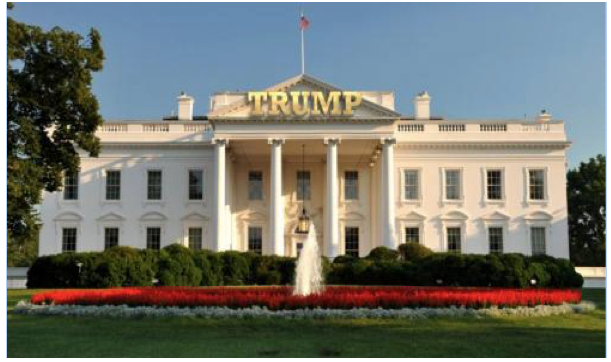




 A hundred years ago, the budding field of psychoanalysis postulated that neurotic symptoms covered up deep conflicts. Since giving up on the symptoms (hysterical paralysis, say) would force the patient to deal with the underlying conflict, the patients would defend their symptoms desperately against therapeutic intervention.
A hundred years ago, the budding field of psychoanalysis postulated that neurotic symptoms covered up deep conflicts. Since giving up on the symptoms (hysterical paralysis, say) would force the patient to deal with the underlying conflict, the patients would defend their symptoms desperately against therapeutic intervention. 



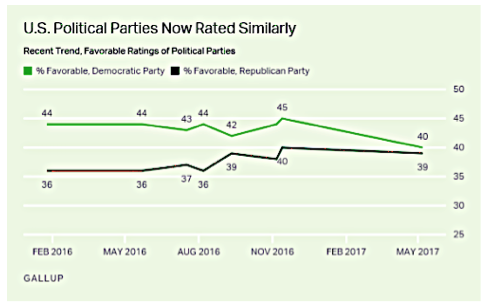


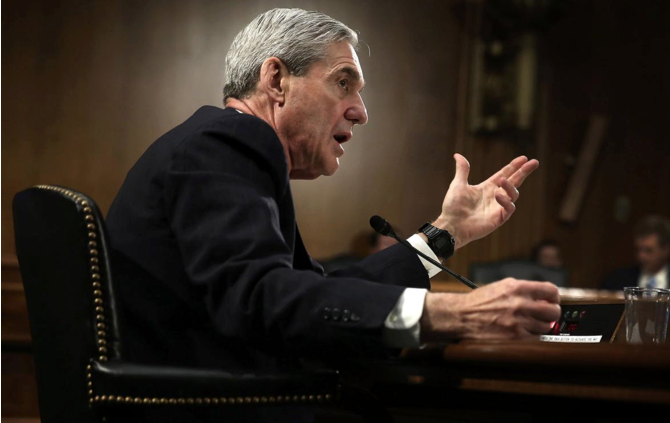

 Take
Take 


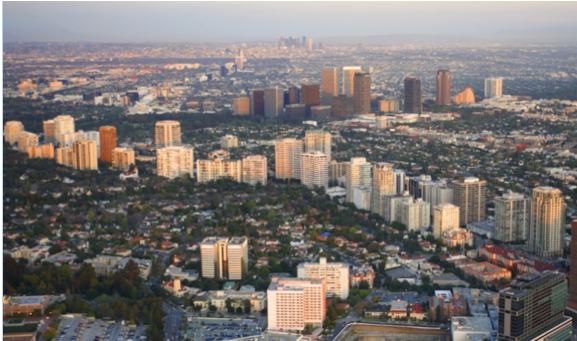
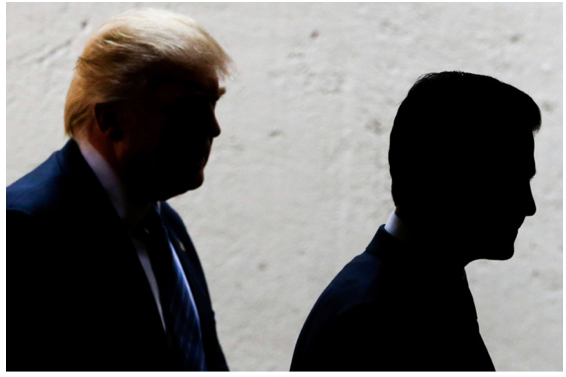
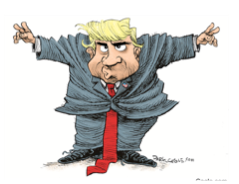 We'll say it again, there was good cause for firing Comey, based solely on his public bias of the Clinton investigation. But the TIMING of this firing is what is so incriminating of Trump.
We'll say it again, there was good cause for firing Comey, based solely on his public bias of the Clinton investigation. But the TIMING of this firing is what is so incriminating of Trump.
